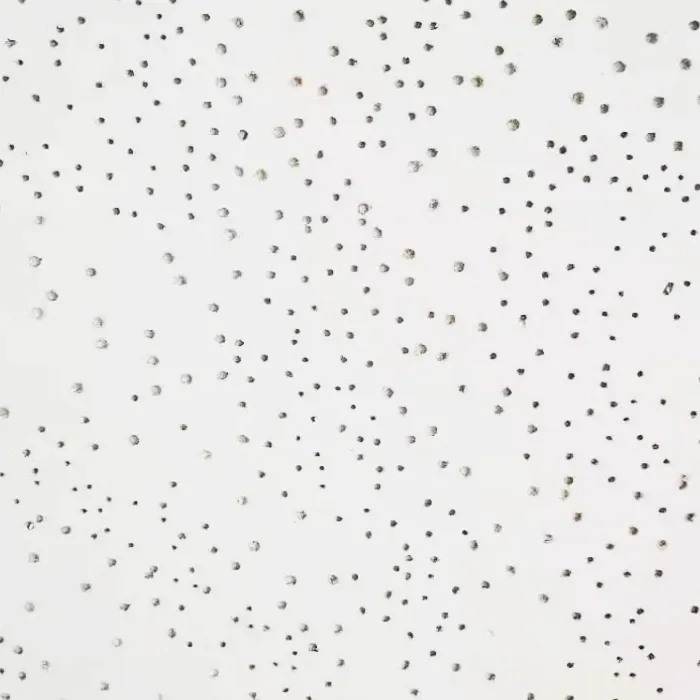Nov . 13, 2024 15:19 Back to list
fibre false ceiling materials
Understanding the Benefits and Challenges of Fibre False Ceiling Materials
Fibre false ceilings have gained popularity in modern architectural design due to their aesthetic appeal, cost-effectiveness, and functionality. Different materials, particularly those composed of mineral fiber, glass fiber, or synthetic fibers, have made significant strides in various commercial and residential applications. As buildings become more complex and the demand for energy efficiency and sound management increases, understanding the benefits and challenges associated with fibre false ceiling materials becomes essential.
Benefits of Fibre False Ceiling Materials
1. Aesthetic Versatility One of the most compelling advantages of fibre false ceilings is their versatility in design. Available in various colors, textures, and patterns, these ceilings can easily blend with any interior design style. Homeowners and architects can choose from simple designs for minimalism or intricate patterns for a more luxurious look. Moreover, they can be used to create multiple levels, adding depth and interest to a space.
2. Sound Absorption Fibreglass and mineral fibre ceiling tiles are excellent sound-absorbing materials, making them popular in offices, schools, and auditoriums where acoustics are a concern. The porous nature of these materials helps control noise levels, making environments more conducive to productivity and learning. As urban areas become busier, sound management in both residential and commercial spaces has become increasingly important.
3. Cost-Effective Compared to conventional ceiling materials such as plaster or drywall, fibre false ceilings are generally more affordable. They are lightweight, which reduces installation time and labor costs. Additionally, fibre ceilings can also help reduce energy costs. Their insulating properties can aid in maintaining temperature, thus decreasing heating and cooling expenses.
4. Easy Installation and Maintenance Fibre false ceilings are relatively straightforward to install compared to traditional ceiling types. Their lightweight nature makes them easy to handle and install, which means less structural support is needed. Maintenance is also minimal; regular dusting and occasional cleaning suffice to maintain their appearance. If a tile becomes damaged, it can be easily replaced without a full ceiling overhaul.
5. Fire Resistance Many fibre ceiling materials, especially those made from mineral fibres, have fire-resistant properties. This aspect is crucial in commercial buildings, where fire safety codes are strict. The non-combustibility of fibre ceilings can provide an added layer of safety in the event of fire, giving occupants valuable time for evacuation.
fibre false ceiling materials

Challenges of Fibre False Ceiling Materials
Despite their numerous advantages, fibre false ceilings also come with challenges that need to be addressed
1. Moisture Sensitivity One of the significant drawbacks of fibre false ceilings is their sensitivity to moisture. In environments like bathrooms and kitchens, excessive humidity can lead to mold growth and degradation of the material. Proper installation and ventilation are vital to mitigating these risks and ensuring longevity.
2. Durability Concerns While fibre ceilings are lightweight and easy to install, they can sometimes be less durable than other materials. Impact from furniture, equipment, or foot traffic in maintenance areas can damage the tiles, leading to aesthetic and functional concerns. Therefore, careful selection of tile type and proper usage are essential to maximize lifespan.
3. Limited Load-Bearing Capacity Fibre false ceilings typically do not bear loads the way traditional ceilings can. This limitation means that heavy fixtures or equipment cannot be hung directly from the ceiling without additional support. Proper planning during the design phase is crucial to accommodate lighting and other installations.
4. Chemical Sensitivity Some fibre materials might be sensitive to harsh chemicals used in cleaning or maintenance, which can lead to damage or degradation over time. It’s essential to select the appropriate cleaning agents to ensure the longevity of the ceiling.
Conclusion
Fibre false ceilings represent a modern solution to contemporary design challenges, with their versatility, cost-effectiveness, and acoustic benefits making them appealing choices for architects and interior designers. However, understanding their limitations is equally important for long-term satisfaction. With proper planning and consideration of environmental factors, fibre false ceiling materials can provide an elegant and functional solution that enhances both commercial and residential spaces. As technology evolves, we can expect even more innovative solutions to strengthen the durability and functionality of these materials, making them even more desirable for future projects.
-
Durable Ceiling T Grid Systems | Easy InstallationNewsAug.29,2025
-
PVC Gypsum Ceiling: Durable, Laminated Tiles for Modern SpacesNewsAug.28,2025
-
Pvc Gypsum Ceiling Is DurableNewsAug.21,2025
-
Mineral Fiber Board Is DurableNewsAug.21,2025
-
Ceiling Tile Clip Reusable DesignNewsAug.21,2025
-
Ceiling T Grid Modular DesignNewsAug.21,2025







